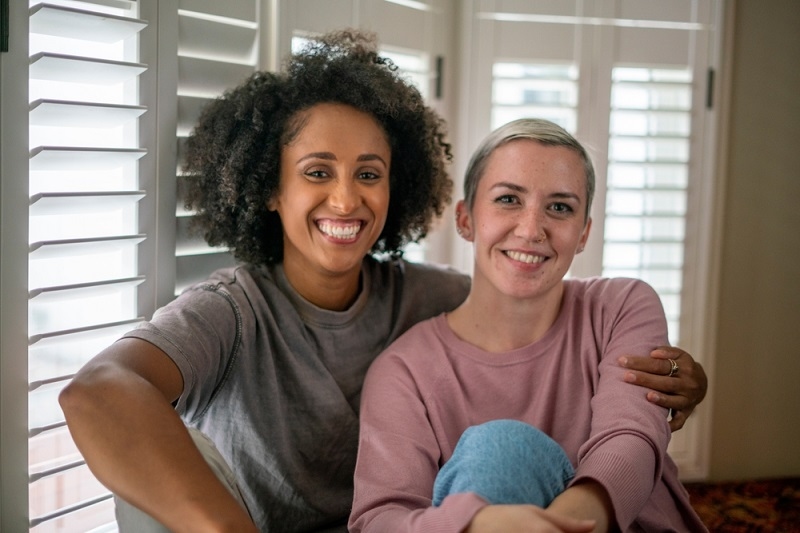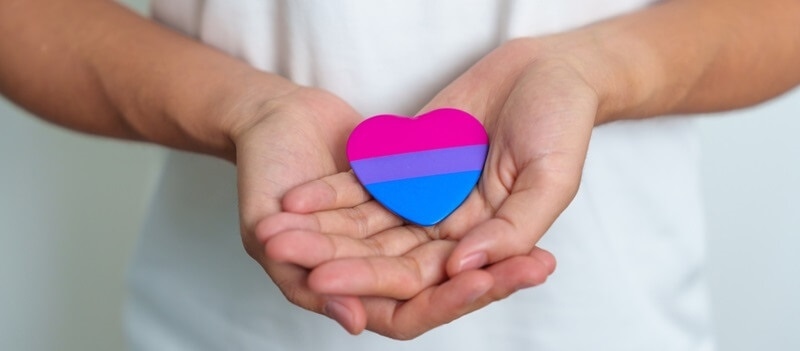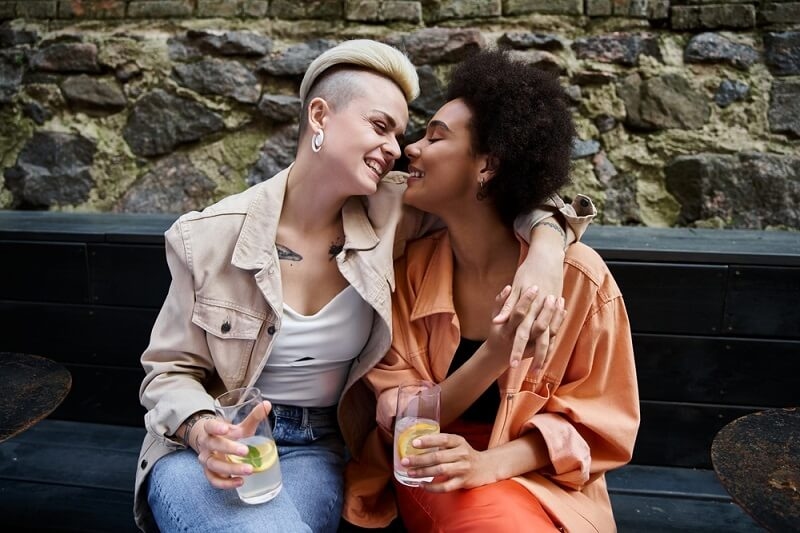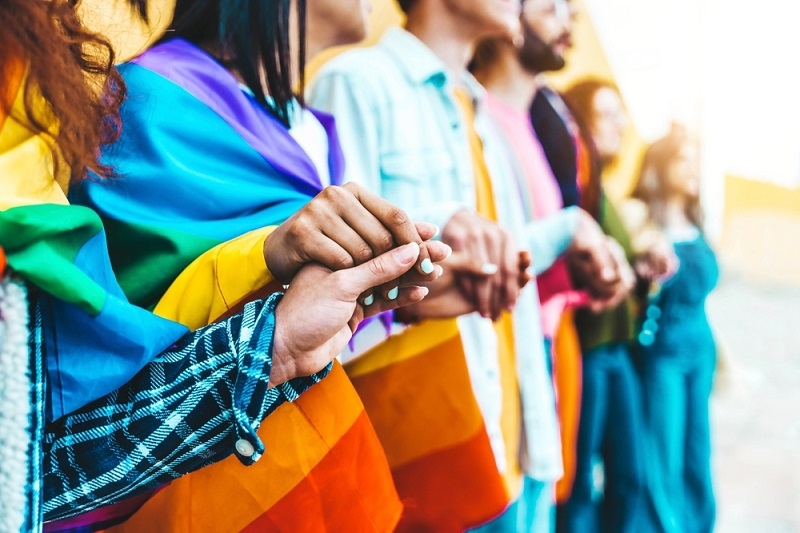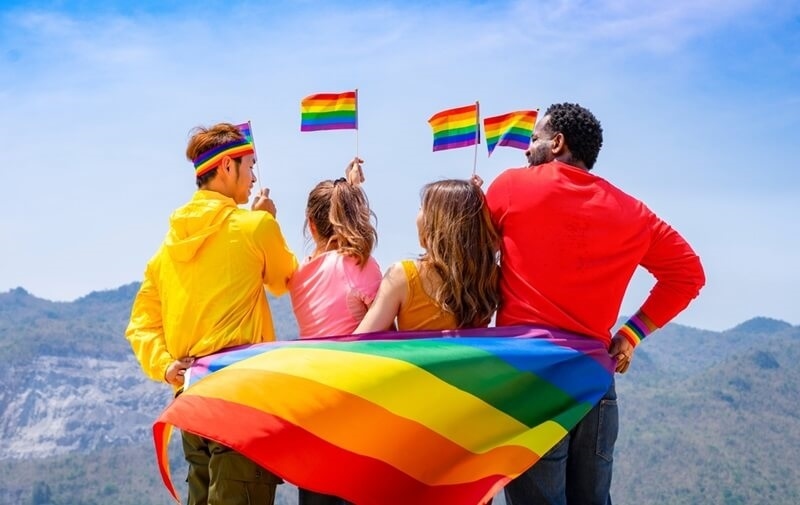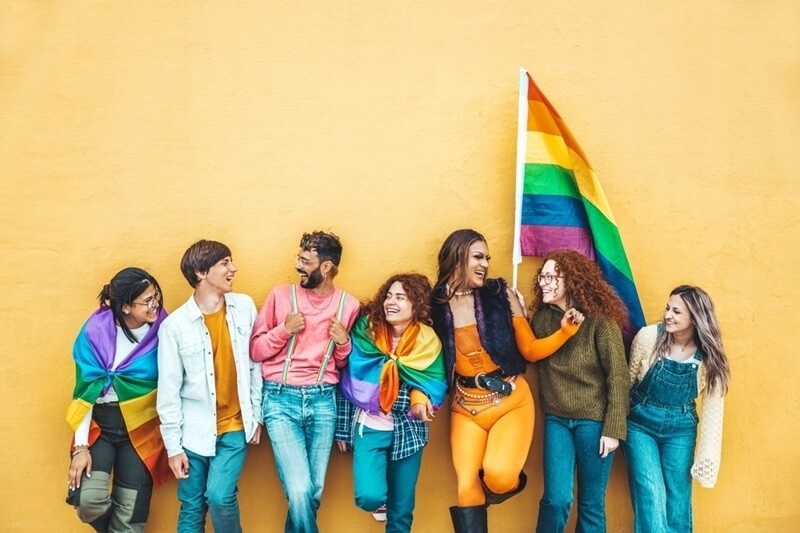How LGBTQ+ History is Taught in Schools: Progress & Barriers

LGBTQ+ history studies are essential since they offer the students a wider and more authentic history of the past and current times of society. The recognition of the efforts, challenges, and achievements of the LGBTQ+ population fosters sympathy, reduces prejudice, and gives a more accommodating environment to every student. There has been some movement in recent years toward including LGBTQ+ history in school curricula, with some jurisdictions mandating inclusive education. But, there are issues, as most school systems remain underrepresented or beset by opposition from policymakers and communities.
The debate about adding LGBTQ+ to history classes is still heated. Some argue it is needed for social progress and historical accuracy, while others argue it is contrary to personal or cultural beliefs. As the firestorm of debate continues, the need for balanced, fact-based education becomes increasingly imperative. This is necessary for future generations to grow up informed, respectful, and open to the diversified histories that exist and make up our world.
Also, read: Navigating Healthcare as an LGBTQ+ Individual: What to Know.
Importance of LGBTQ+ Inclusivity in Schools
Inclusive education lies at the core of establishing understanding, acceptance, and diversity within students. LGBTQ+ history in school guarantees students learn about LGBTQ+ individuals throughout history and the struggles they overcame, as well as the achievements and contributions they made. Representation abolishes negative stereotypes and provides a fuller, more precise image of history. Learning about diversity in school creates respect and inclusivity within students and sets them up for an accepting society.
For LGBTQ+ students, inclusive learning benefits them in great social and psychological ways.
Learning about historical figures and movements that engage with their identity can enhance confidence and sense of belonging. Those schools that support LGBTQ+ history have a more inclusive environment with reduced bullying and discrimination. Such a shift benefits all pupils in terms of healthier relationships, better mental health, and greater empathy.
By including LGBTQ+ history in the curriculum, schools can create safer, more inclusive communities that empower students to embrace diversity and create stronger, more unified communities.

Milestones in LGBTQ+ Education Policies
Major legal strides have opened doors for LGBTQ+ history in the classroom, guaranteeing more inclusivity and representation. Legislation in nations such as the U.S., Canada, and the U.K. has required the study of LGBTQ+ history and social studies. In the U.S., California, New Jersey, and Illinois are among the states that have spearheaded the introduction of LGBTQ+ history in the curriculum, a move that other states have emulated.
National and local advocacy organizations are key to these shifts. Groups such as GLSEN, the Human Rights Campaign, and Stonewall advocate for policy changes, offer educational materials and assist schools in adopting inclusive curricula. Their work assists in combating resistance and creating a more tolerant learning environment. As advocacy persists, additional school systems are acknowledging the value of LGBTQ+ history, ensuring future generations are provided with a more diverse and inclusive education.
Also, read: Top LGBTQ+ Advocacy Organizations You Should Know About.
Current Barriers to Teaching LGBTQ+ Representation
Despite advancements, major obstacles continue to impede the teaching of LGBTQ+ history in schools. Political opposition, parents, and legislators still object to teaching LGBTQ+ history in schools in most regions, citing religious or cultural grounds as reasons. Others believe that young children are not properly suited for studying the history of LGBTQ+, leading to heated debates regarding what should be studied in schools and parental rights.
Curriculum limitations and blanket prohibitions in many states further shorten exposure to varied education. Regulation in some areas prohibits the discussion of gender identity and sexual orientation, precluding teachers from providing accurate historical background. Added to all that, propaganda underpins the resistance, whereby critics labeled the teachings of LGBTQ+ history as supporting ideological agendas instead of fact. This oppositional climate not only robs students of a full historical context but also creates spaces where LGBTQ+ youth are invisible and unsupported in their educational lives.
Regional Discrimination in LGBTQ+ History Education
LGBTQ+ history education is highly uneven across the U.S., with liberal states such as California, Illinois, and New Jersey requiring inclusive curricula while conservative states restrict or ban them. These variations lead to disparate access to representation and awareness.
Canada and the United Kingdom lead the majority of the world in embracing LGBTQ+ history in education, while others censor or leave it out, particularly in regions where anti-LGBTQ+ legislation is enacted. The curriculum is typically dictated by local government and school boards based on community values and political pressures. These individuals determine whether students receive an open education or experience the erasure of LGBTQ+ history in school.
Role of Educators and School Curriculum
Educators are in a position to bring LGBTQ+ history into the classroom, even under limiting regulations. By integrating LGBTQ+ members into more general histories or focusing on diversity and civil rights themes, teachers can provide representation without violating policies. Artistic works, literature, and social movements are other areas for presenting LGBTQ+ contributions. In right-wing settings, though, instructors must contend with parental backlash, legal restrictions, and the possibility of getting fired.
Teachers often find themselves torn between adhering to state-imposed limitations and providing inclusive instruction. Groups such as GLSEN and the Human Rights Campaign provide training, curriculum guides, and resources to aid in inclusive teaching. Professional development programs assist teachers in addressing sensitive issues so they can provide a safe, informed, and inclusive classroom for all students.
LGBTQ+ Representation in Textbooks and Learning Materials
In recent years, attempts have been made to revise social studies textbooks in order to integrate LGBTQ+ contributions, acknowledging activists, politicians, and cultural leaders who have molded society. It is now the requirement in certain states and countries to include diverse materials, as students are exposed to significant events such as the Stonewall Riots and notable figures like Harvey Milk and Marsha P. Johnson. However, current curricula fall far short of LGBTQ+ inclusion, with numerous textbooks omitting or marginalizing such contributions.
This underrepresentation continues to exclude and deprive students of a balanced knowledge of history. Diverse opinion and inclusive history in the classroom enhances empathy and critical thinking. Students can view that LGBTQ+ individuals are included when they are able to comprehend, which places diversity on center stage, reduces stigma, and develops a more inclusive school environment. By continuing to pressure for representation, teachers and activists are able to guarantee that history is taught in a form that more accurately represents the diversity of human experience.
You must read How Media Representation Shapes Perceptions of LGBTQ+ 2025.
Future of LGBTQ+ History in Schools
The future of LGBTQ+ history in schools hangs in the balance of changing policies and increasing activism for inclusion. As more states advocate for complete education, changes in policy have the potential to bring more extensive representation into curricula. Student activism remains a driving force, pushing against restrictive old policies and calling for authentic historical accounts. In the coming decade, changes in education can bring more inclusive textbooks, training for teachers, and national standards. But continued political wrangling will determine how fast and efficiently these changes are implemented.
Conclusion
LGBTQ+ history education has progressed considerably, with some schools adopting inclusivity while others are confronted with limiting policies. Advances in curriculum development and representation indicate increased acknowledgment of varied narratives. Obstacles such as resistance, limited resources, and regional differences persist as hindrances to complete inclusion. Ongoing advocacy is crucial in ensuring all students are given a balanced, accurate education. Parents, teachers, and students have an active role in advocating for a more accepting and inclusive learning environment.






